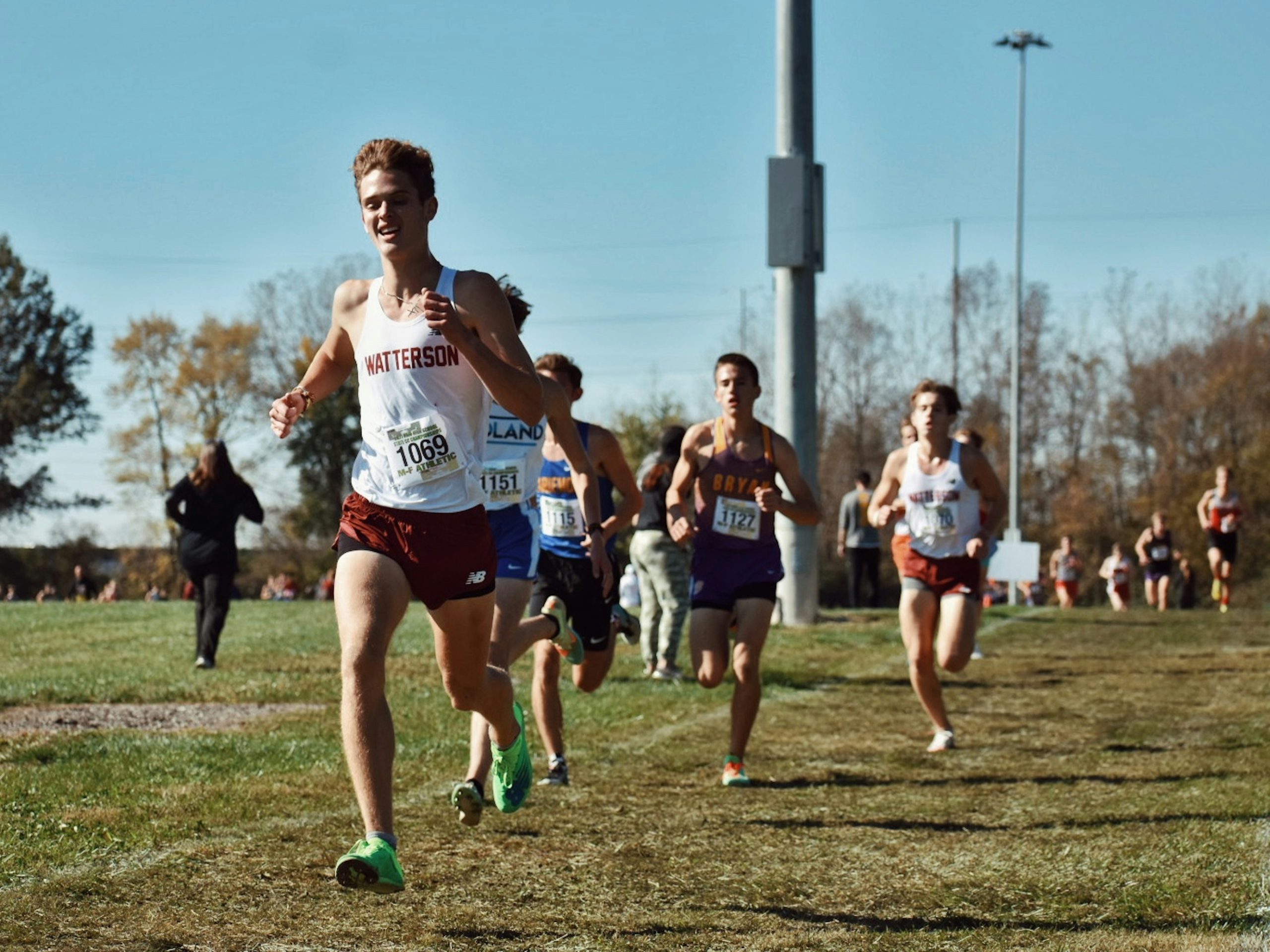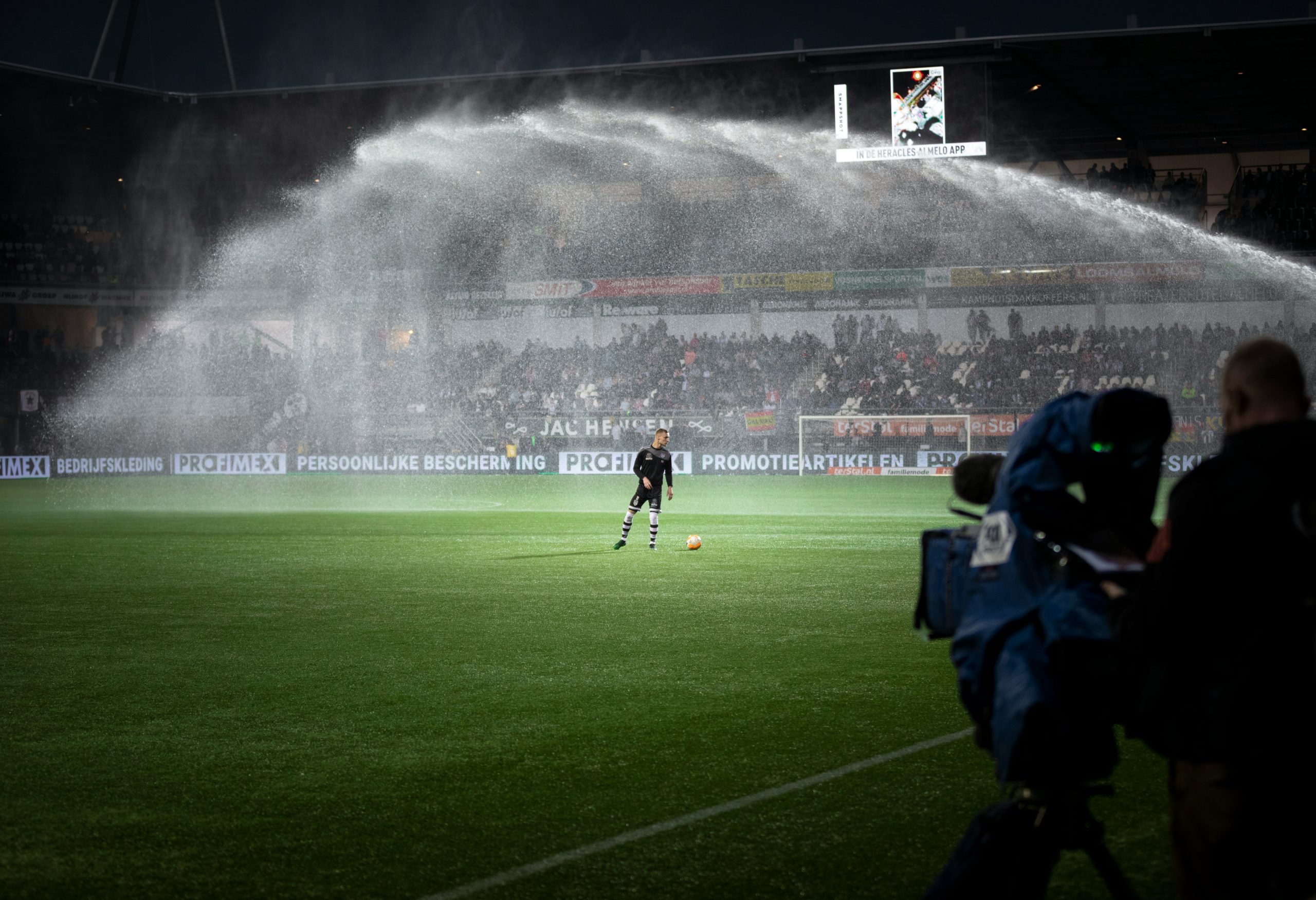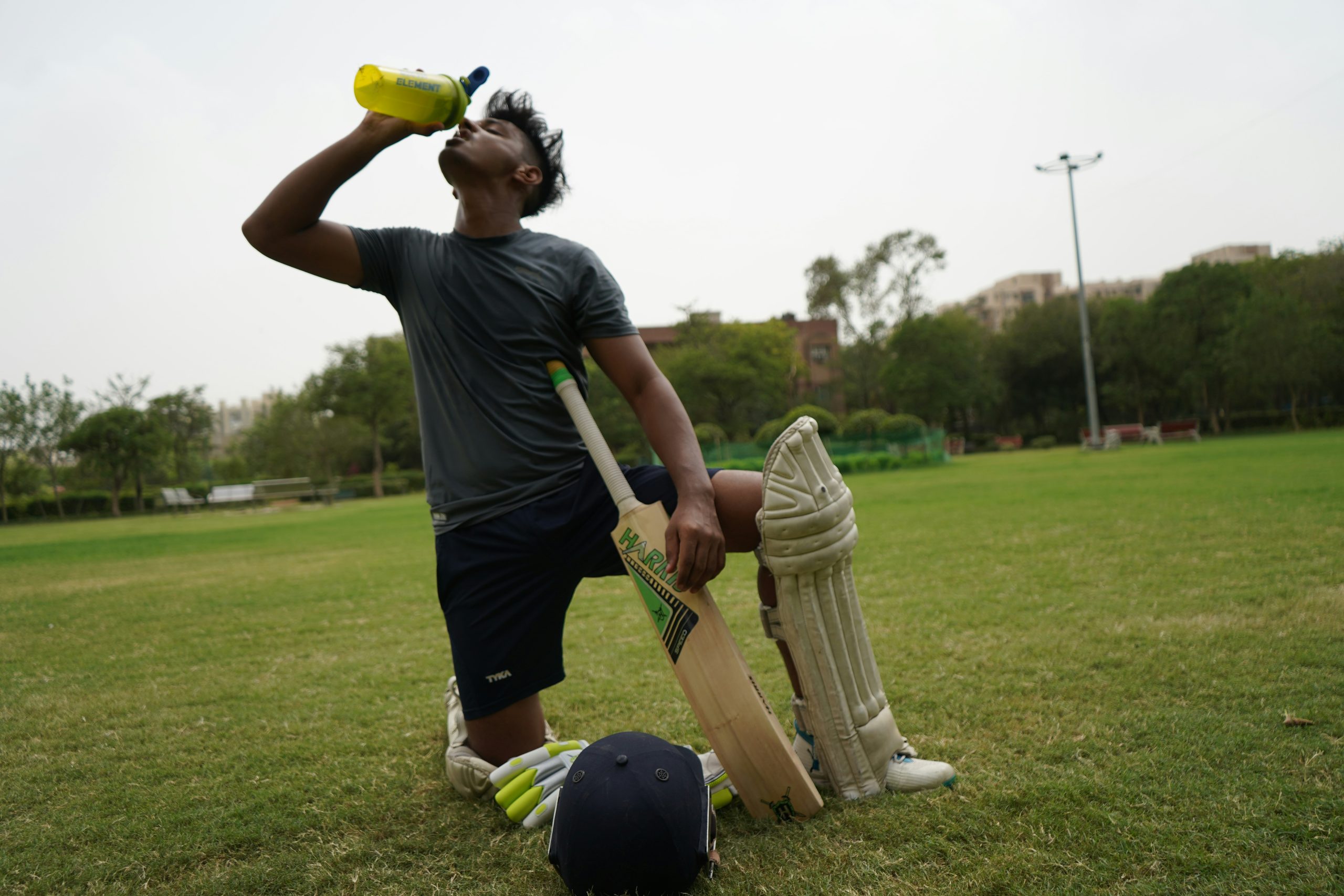
Mental Resilience Techniques for Aspiring Athletes
Being an athlete requires not only physical prowess but also mental resilience to overcome challenges, setbacks, and pressures. Mental resilience is crucial for maintaining peak performance, managing stress, and sustaining long-term success in sports. Here, we explore effective techniques that aspiring athletes can employ to enhance their mental resilience.
Understanding Mental Resilience
Mental resilience refers to an individual’s ability to adapt to stress, adversity, and challenges. In sports, it enables athletes to stay focused, motivated, and perform at their best even under pressure.
Key Techniques for Building Mental Resilience
1. Cognitive Restructuring
Cognitive restructuring involves changing negative thought patterns into positive and constructive ones. This technique helps athletes manage self-doubt and maintain confidence, crucial for performance.
Example: Instead of thinking, “I can’t handle this pressure,” an athlete can restructure the thought to, “Pressure helps me perform better; I thrive in challenging situations.”
2. Goal Setting and Visualization
Setting clear, realistic goals and visualizing success are powerful tools for mental resilience. Visualizing successful outcomes enhances confidence and mentally prepares athletes for competitive situations.
Example: A swimmer visualizes each stroke and the feeling of touching the wall first, reinforcing their belief in achieving the desired outcome.
3. Stress Management Techniques
Effective stress management techniques such as deep breathing, progressive muscle relaxation, and mindfulness help athletes stay calm and focused during intense competition.
Example: A tennis player uses deep breathing exercises between points to stay composed and maintain concentration.
4. Building a Support Network
Having a strong support network of coaches, teammates, and mentors provides athletes with encouragement, advice, and emotional support during challenging times.
Example: A marathon runner discusses race strategies with their coach and receives encouragement from teammates, boosting their confidence before the race.
5. Resilience Through Adversity
Learning from setbacks and failures rather than being discouraged by them builds resilience. Viewing challenges as opportunities for growth fosters a resilient mindset.
Example: A gymnast who falls during a routine uses it as motivation to practice harder and improve their skills for future competitions.
Case Studies in Mental Resilience
Many successful athletes attribute their achievements not just to physical abilities but also to their mental resilience:
“In high-pressure situations, I focus on what I can controlmy effort and mindset. This helps me perform at my best regardless of external factors.”
By implementing these techniques and learning from role models like Serena Williams, aspiring athletes can develop the mental resilience necessary to excel in their sport.
Overall, mental resilience is a skill that can be cultivated through practice and dedication. It allows athletes to navigate the highs and lows of competitive sports with grace, determination, and a strong sense of self-belief.
Employing these techniques not only enhances performance but also contributes to the overall well-being and longevity of an athlete’s career.



